LATEST INSIGHTS
Your Present Location: LATEST INSIGHTSZhou Rong: Hail CPEC entering the 2nd stage
By Zhou Rong Source: Gwadar Pro Published: 2020-09-01
Who will play major roles of the China-Pakistan Economic Corridor (CPEC) in the near future? Will it be led continuously by the governments of the two countries or by the market? Will it be a compulsory joint venture by outside force or a natural voluntary joint venture? Will the Pakistani government cover every area or rely on a voluntary combination of enterprises, universities and foreign capital? These are big issues. I am very excited that in July Faisalabad Industrial Estate Development and Management Company (FIEDMC), Punjab University (PU) and Institute of Quality and Technology Management (IQTM) signed a Memorandum of Understanding (MoU) to promote industrial development in the special economic zone (SEZ) under China-Pakistan Economic Corridor (CPEC). We are very delighted to see that under the agreement, PU would set up a modern research center in the special economic zone with strong researcher team for R&D which the enterprises lack, while IQTM would provide training to the management of the industry that the university does not have any edged advantages. What the government needs to do is like what PM Imran Khan assured of extending all out support for the on-time completion of the country’s special economic zone. Yes, he said recently that special measures are being taken to make the project the economic hub of the country. We expect fruitful outcomes of such a combination. Of course, Chinese entrepreneurs and Chinese engineers and technicians will definitely and actively participate in the seamless connection between Pakistan’s enterprises and universities. Moreover, it can be seen that the combination of the management ability of the enterprise and the research and development ability of the university will produce tangible economic and social benefits, allowing the enterprise to obtain the source of intelligence, and giving the university the opportunity to exert its own advantages. I fully support the combination and hope the Pakistani government should have an accurate positioning in the future that CPEC with all the facilities provided for the trends. As what I used to say before, CPEC project would and should provide academia-industry linkage to promote economic as well as social activities in the region. CPEC is a flagship project of China’s Belt and Road Initiative (BRI), as it connects overland Silk Road Economic Belt with 21st Century Maritime Silk Road, two major components of this ambitious infrastructure development project, aiming at better economic linkages for prosperous future of around 63% of world population hailing from 65 countries of South East Asia, South Asia, Central and Western Asia, Middle East, Europe and Africa. It involves construction of roads, rails, sea ports, oil and gas pipelines, optic fiber connectivity, special economic zones (SEZs), cross border trade and cooperation centers. It also aims at negotiating preferential and fee trade agreements, besides the introduction of effective legal structure and system of courts to settle trade-related disputes between the countries along the BRI. CPEC is one of the most significant infrastructure development projects of BRI. It means that besides the construction of highways, railroad and pipelines linking Kashgar of Xinjiang in Western China with Gwadar port, CPEC is focused on developing energy infrastructure, simulating industrial development, enhancing agricultural yield through modernization, contributing to socio-economic growth by establishing special economic zones (SEZs) and taking care of people’s welfare, and ensuring better regional connectivity by laying optic fiber between the two countries.
It also involves developing a modern deep-water port, International airport, water desalination project, an oil terminal, petrochemical complex, a coal-based power generation plant and allied facilities at Gwadar. Pakistan has granted China 40-year lease to operate Gwadar port. A coordinated China-Pakistan Master Plan for Gwadar depends heavily on Public Private Participation (PPP) for the promotion of industrial and commercial activities through private and international investment. Government of Pakistan has announced special investment and tax incentives for Gwadar Special Economic Zone (SEZ). Hopefully, that policy will surely last long.
Major initiatives of CPEC include 2,700 km long road network extending from Gwadar port to Khunjrab Pass through KKH, construction of 1,100 km long Karachi-Lahore Motorway, upgradation of 1,687 km long ML-1 railway line extending from Karachi to Peshawar for modernization of transportation network, development of a dry port in KPK, 820 km long China Pakistan Cross Border Fiber Optic Project (Rawalpindi-Khunjrab), around 10,000 MW power generation projects, 660 KV HVDC Matiari-Lahore transmission line, and network of pipelines to transport LNG and oil including a $ 2.5 billion Gwadar-Nawab Shah pipeline to transport gas from Iran.
The potential benefits of CPEC for Pakistan’s economy are also worth mentioning. It is estimated that CPEC will generate $6 to $8 billion per annum just in taxes as roads and bridges tolls. Road infrastructure projects are estimated to create 51,000 jobs, more than 94% of which are specifically for Pakistanis. Pakistan and China Joint Venture (JV) projects are estimated to create 1.2 million job opportunities, more than 33% of which would be exclusively for Pakistani citizens. Overall 2.3 million jobs are expected to be created (2015- 2030), resulting in more than 2.5 % annual rise in GDP.
CPEC is a win-win project of China Pakistan economic cooperation. Besides diversifying Chinese supply lines, it would prove to be a catalyst for the socio-economic development of Pakistanis.
Zhou Rong, senior fellow of Chongyang Institute for Financial Study of Renmin University of China











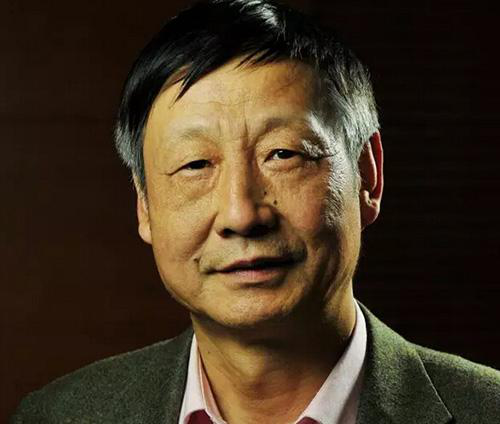















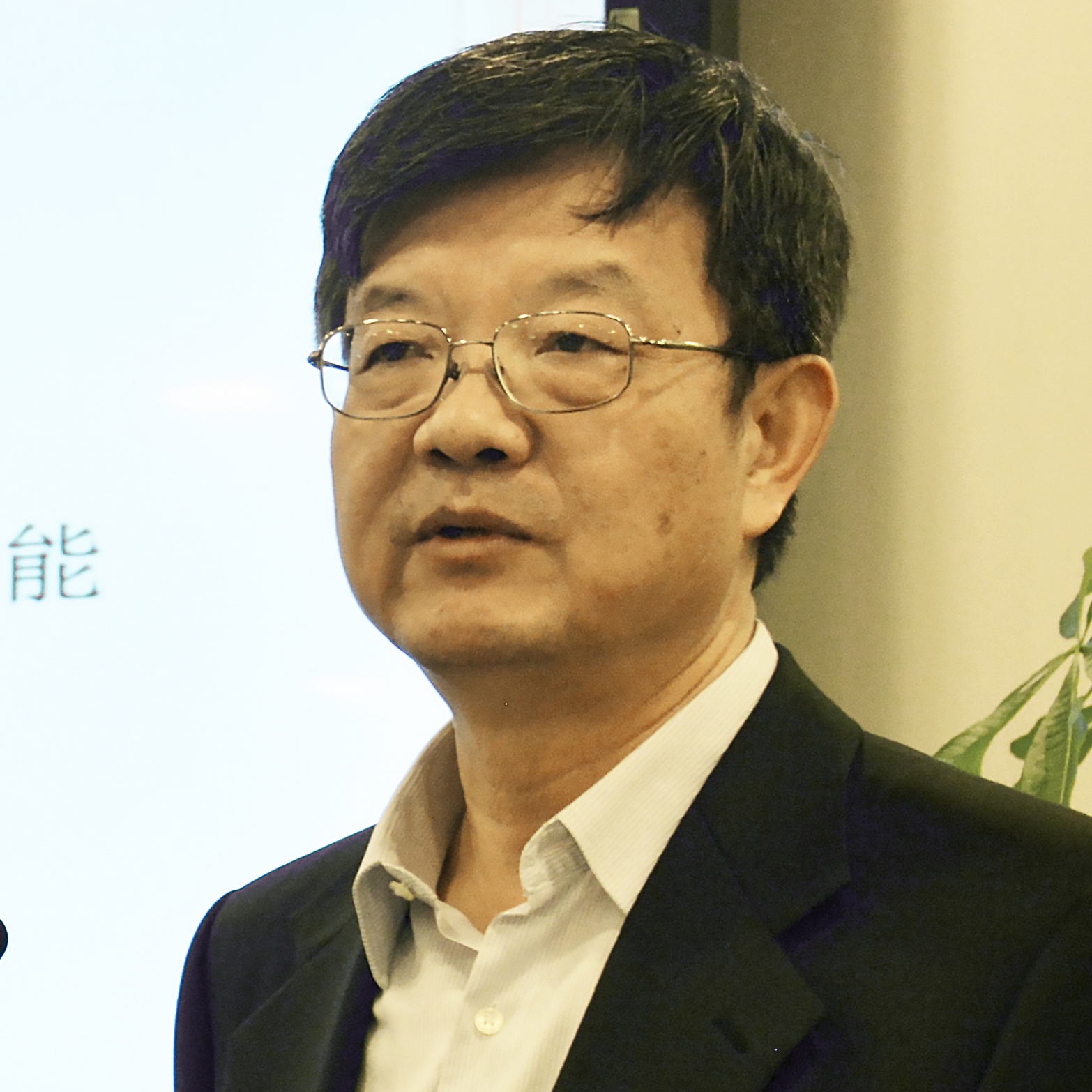





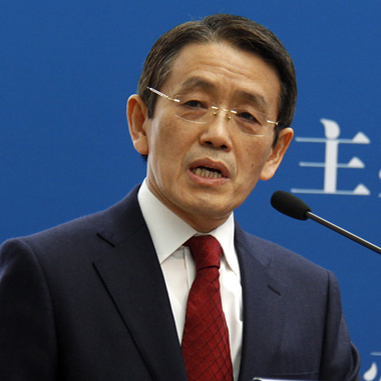

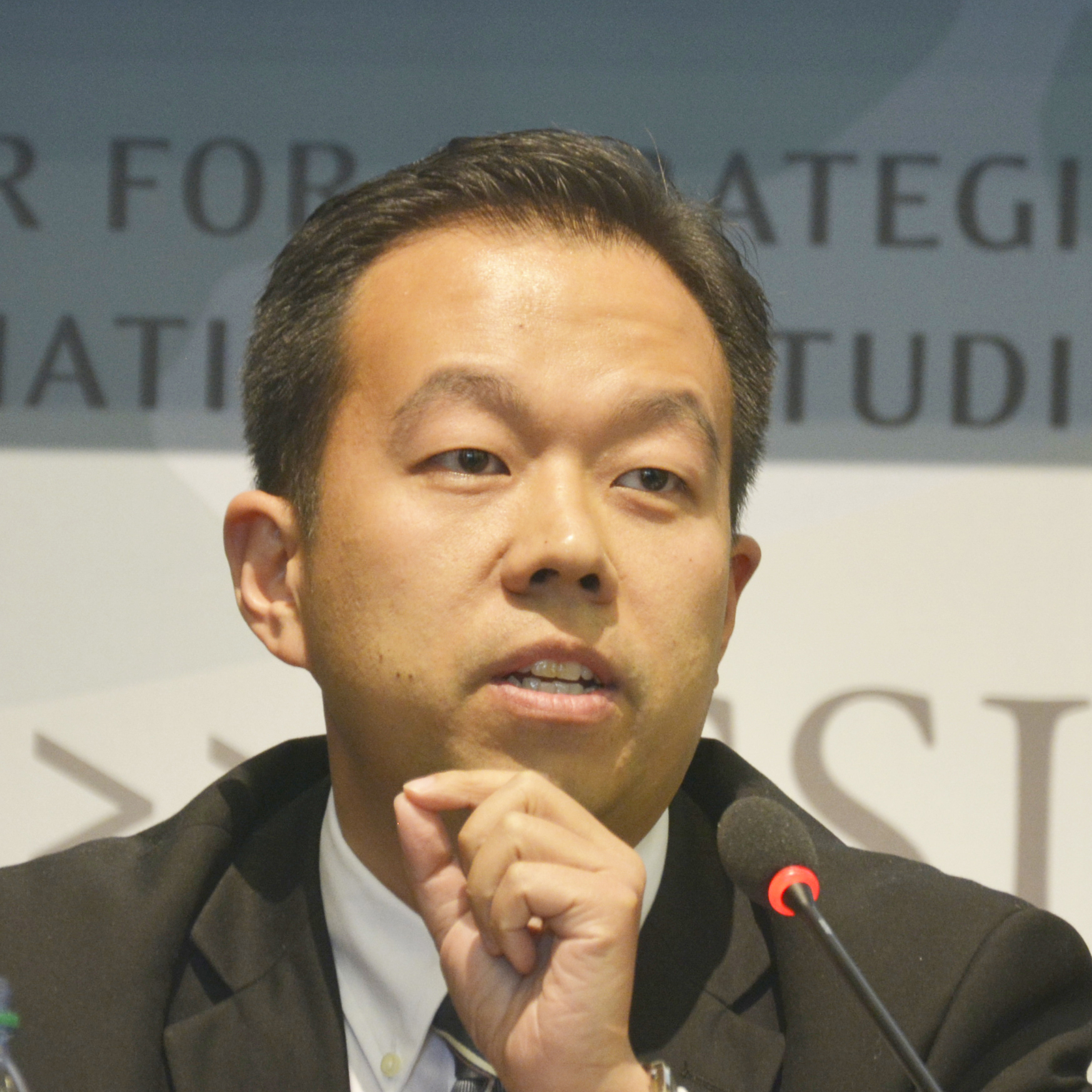










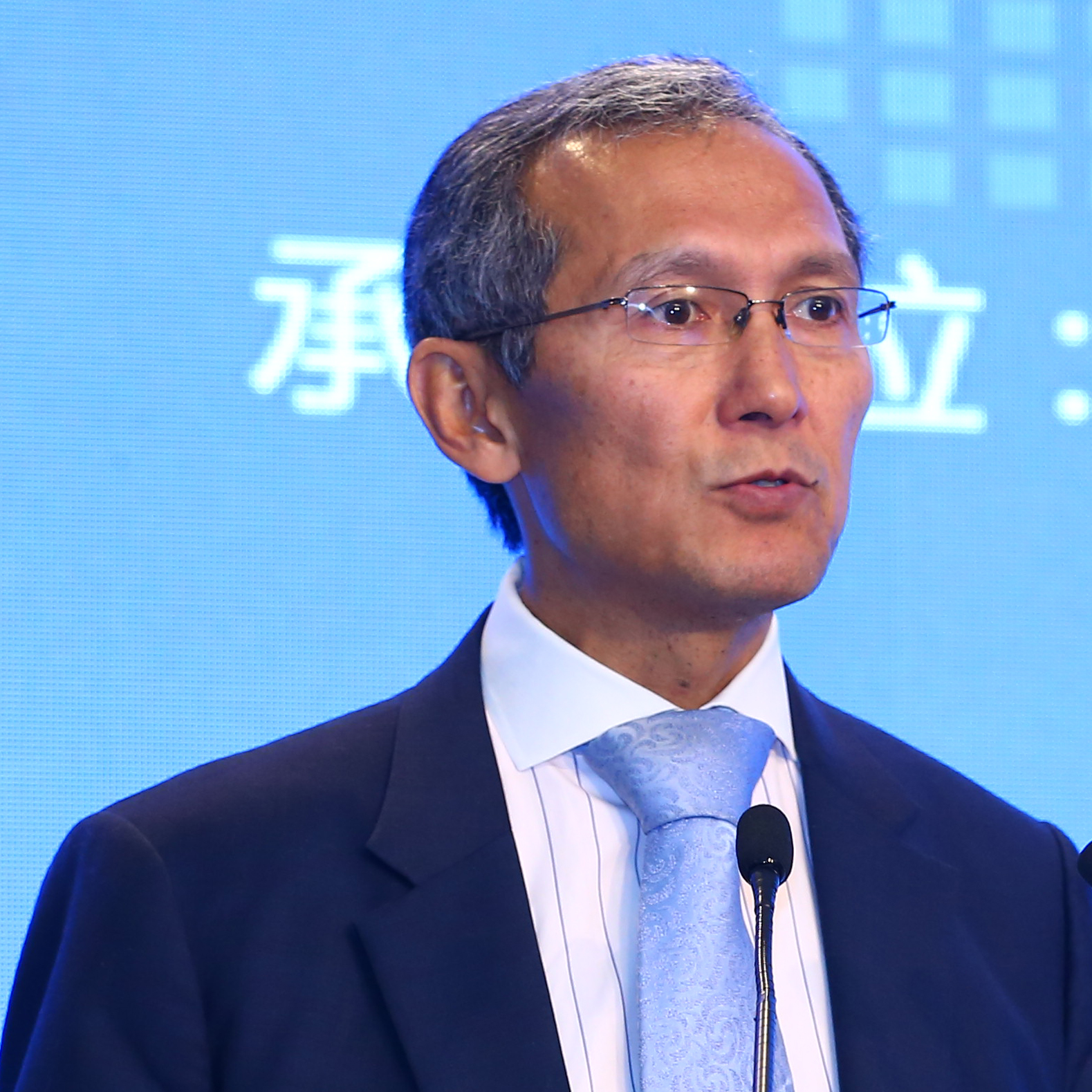


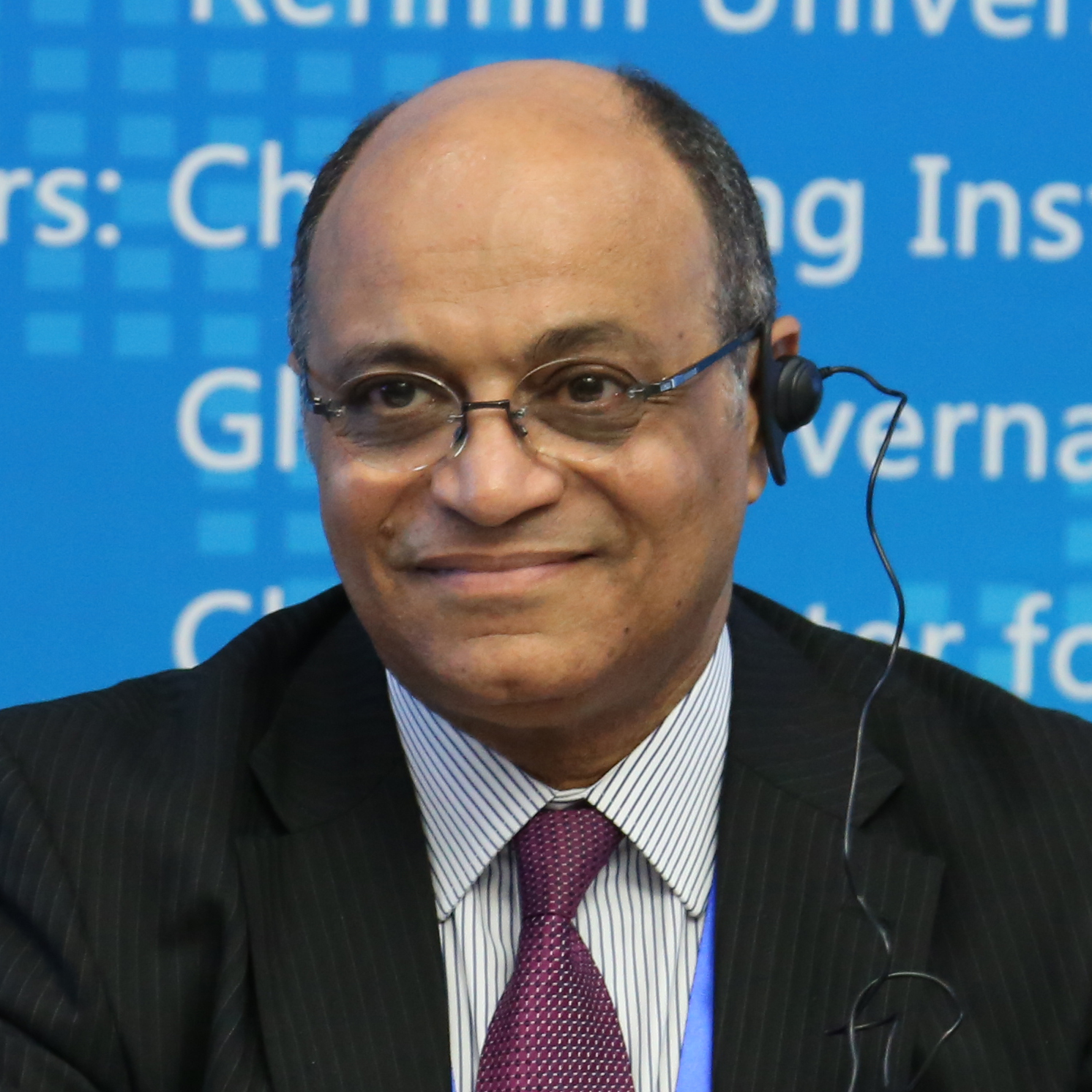














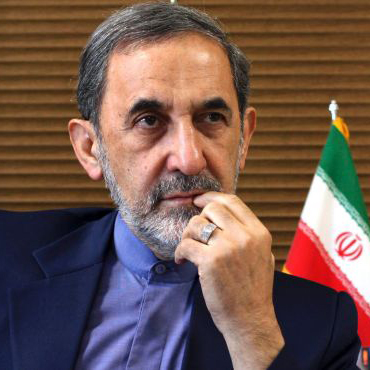




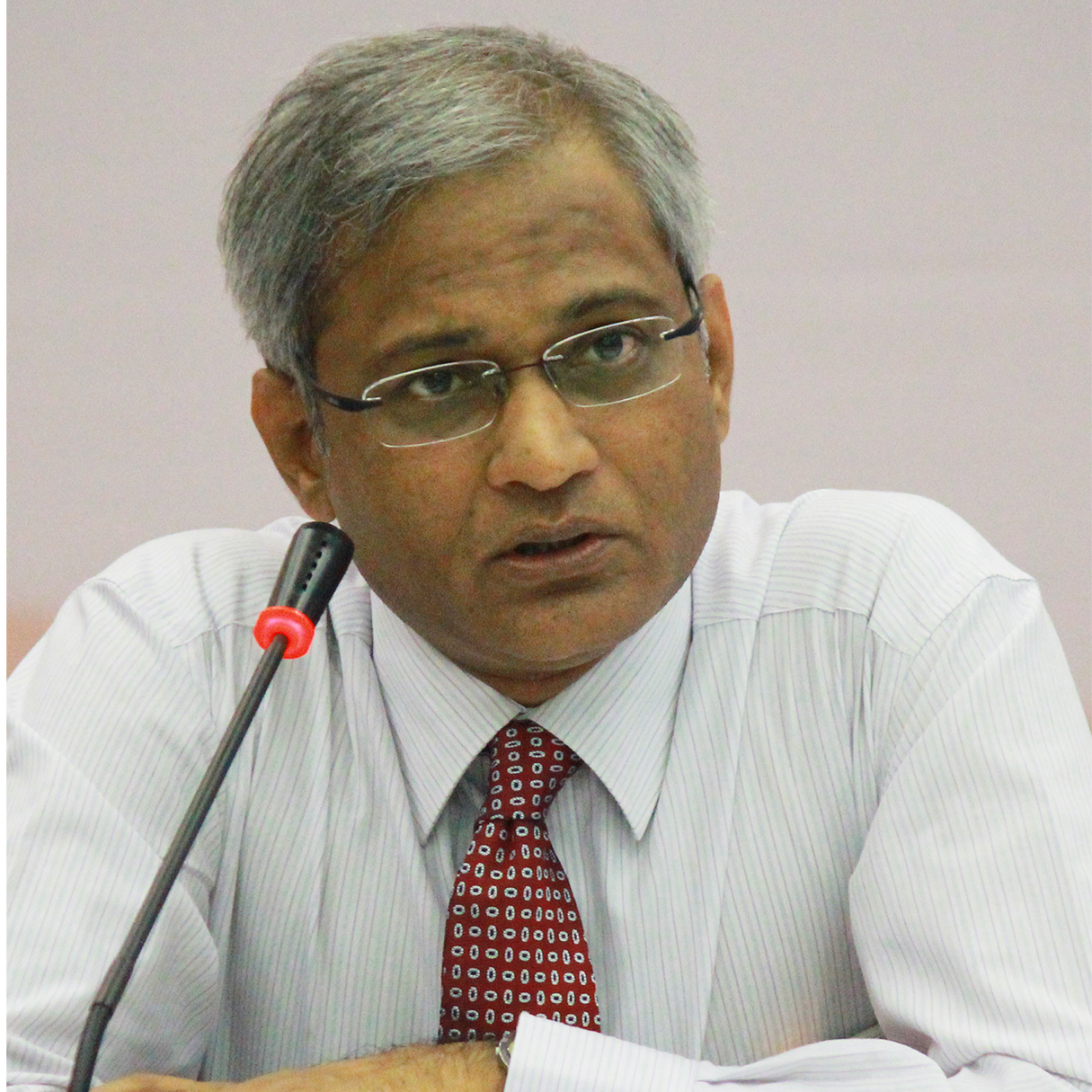
















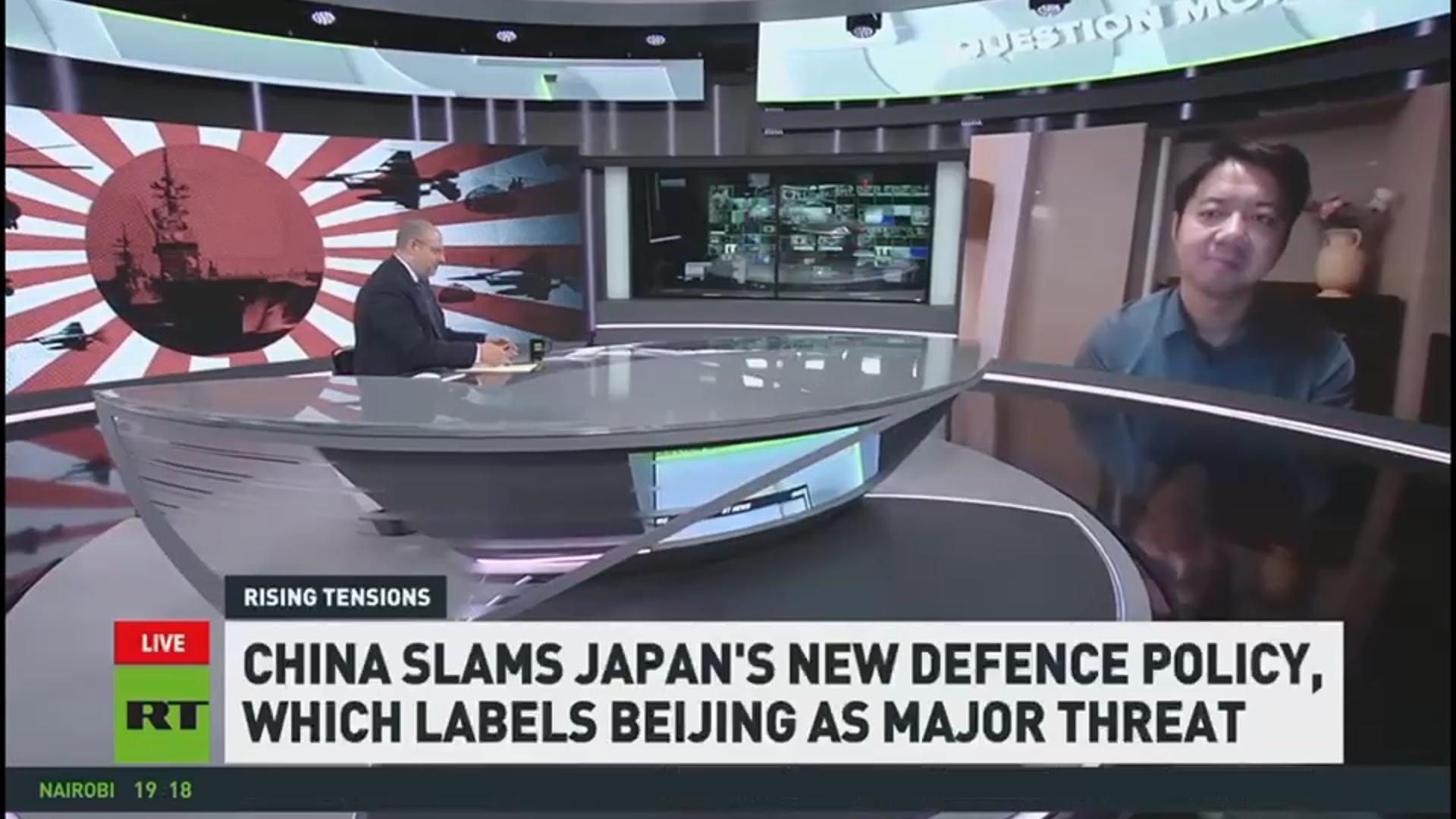
 京公网安备 11010802037854号
京公网安备 11010802037854号





